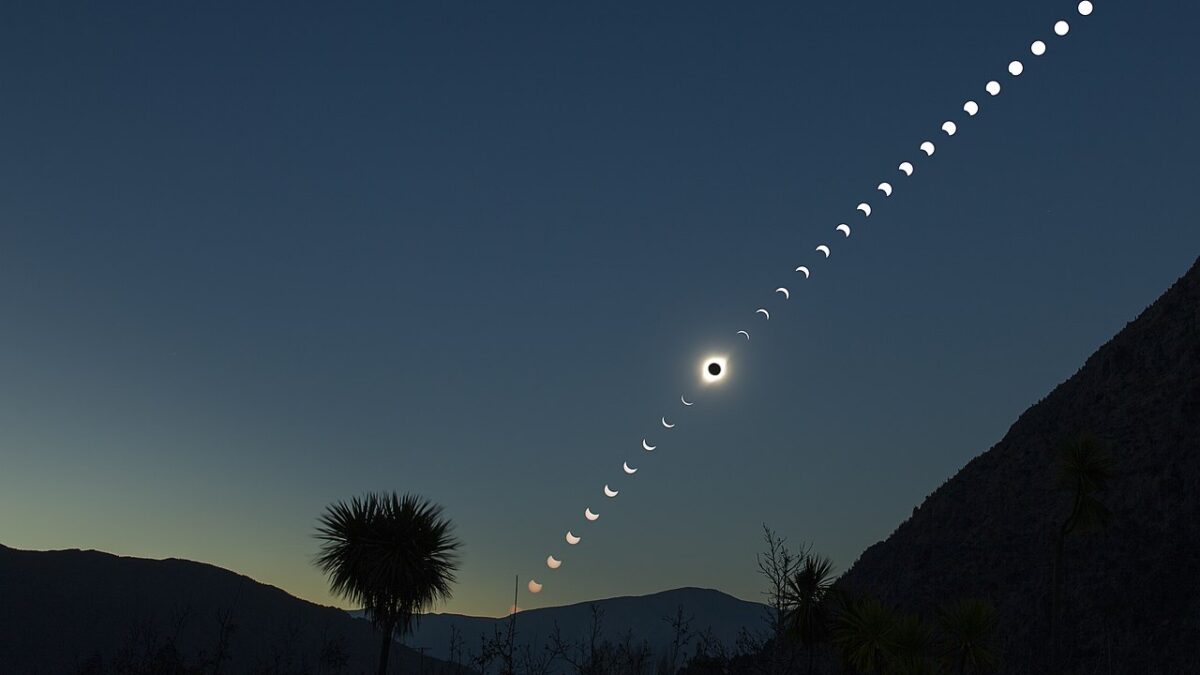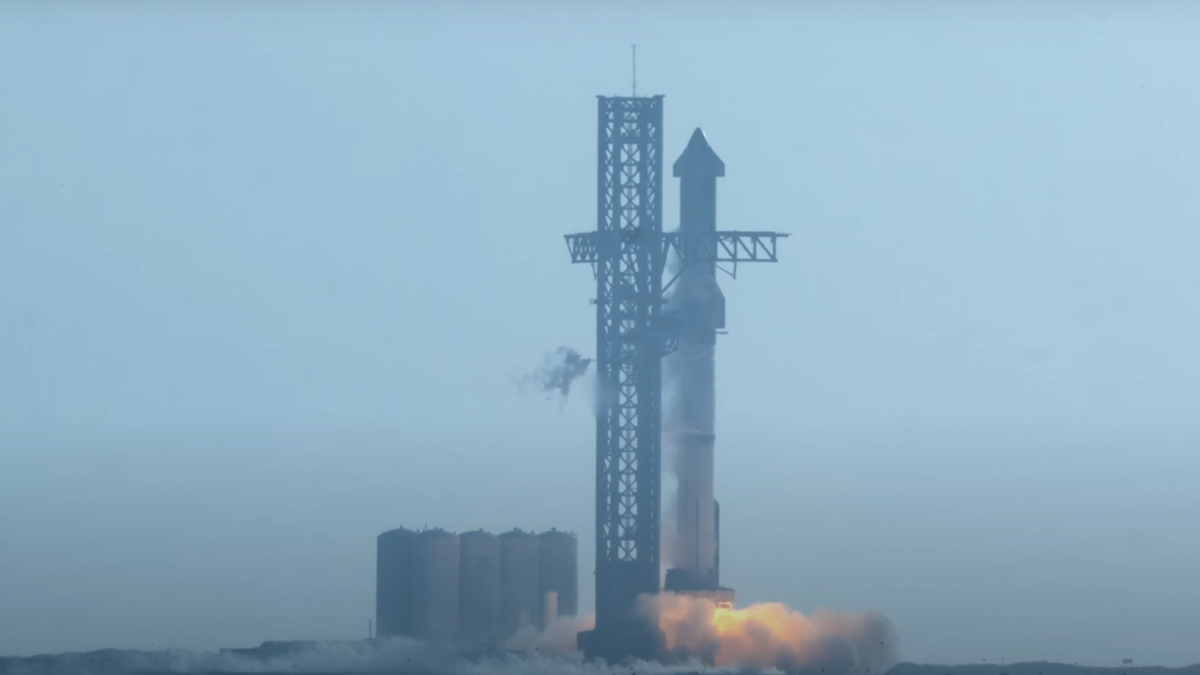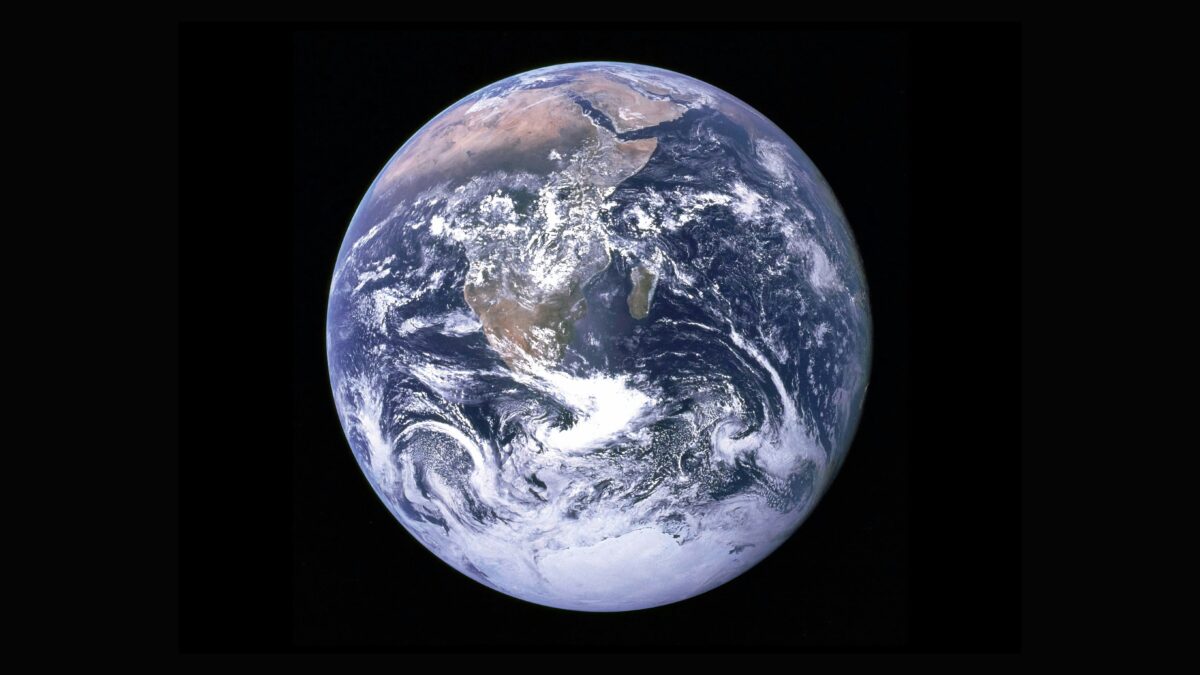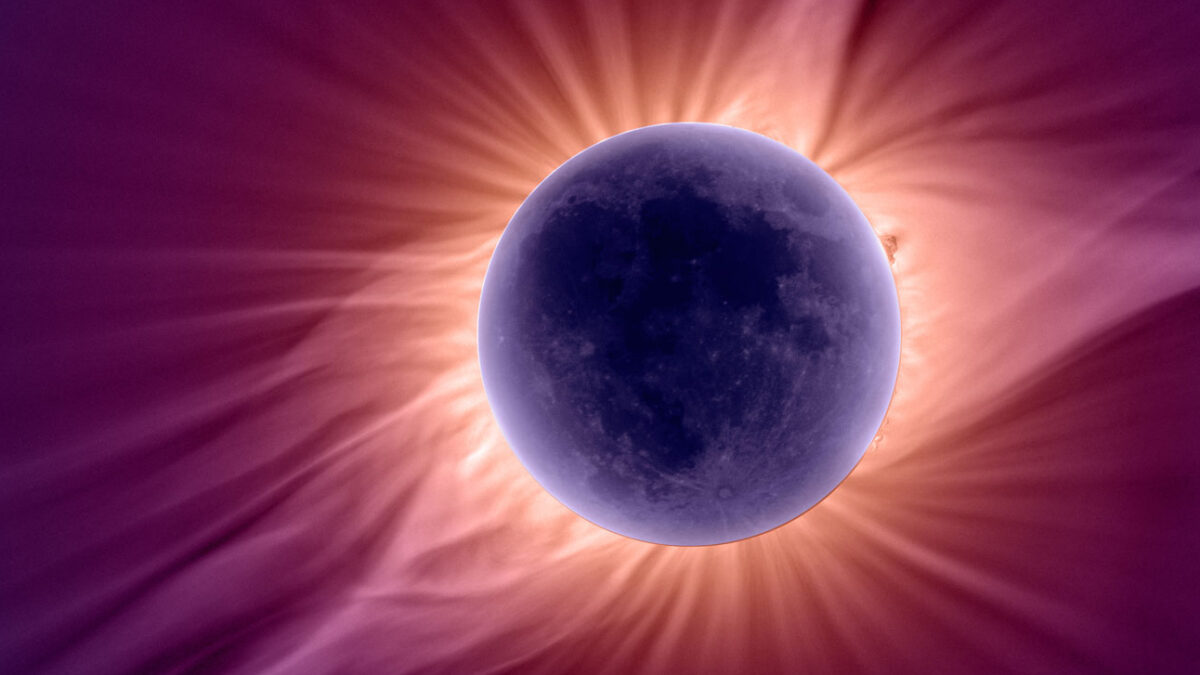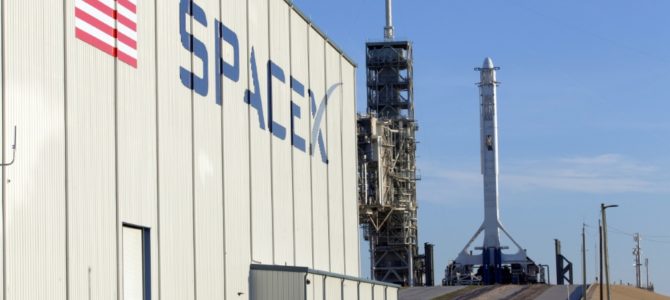
We’re going to the moon. We’re going to Mars. And, before you know it, we’ll be going to the asteroid belt.
Space is back, baby. It’s back in the news, back in our thoughts, and back in the culture. America, and the world, are better for it.
Over the past few years, space exploration has returned to public consciousness in ways not seen since the first shuttle mission in 1981, or even since Americans landed men on the moon then brought them safely back to earth in the summer of 1969.
The launch of the joint SpaceX–NASA rocket on May 30 is only the latest proof of our renewed interest, and it revealed much about the future of humans in space. Te key is private industry: What used to cost the government $54,500 per kilogram of payload lifted to orbit now costs SpaceX $2,720, saving 95 percent.
Reducing cost, of course, is one of the things private industry is supposed to be good at. The most recent launch of the SpaceX Dragon module atop a Falcon rocket cost an estimated $55 million, and SpaceX founder Elon Musk claims the future cost of his reusable rockets could fall to a shockingly low $2 million per launch.
As Jonah Gottschalk noted in his reporting for The Federalist, “it’s fair to question why the government should continue dedicating tens of billions” to space when the private industry can achieve so much at astoundingly low costs.
The other thing about private industry, however, is that it eventually has to make money. Prior to colonization—which we are still likely decades away from achieving—the options are limited. Satellite launching and repair might provide some income. Carrying out paid experiments for scientists? Perhaps. Tourism? Highly likely. But the most probable long-term source of income from space is asteroid mining.
The 1967 Outer Space Treaty prohibits nations from claiming territory beyond Earth. “The moon and other celestial bodies,” it notes, are “not subject to national appropriation by claim of sovereignty, by means of use or occupation, or by any other means.” But it’s easy for lawyers to argue about what these terms mean. “National appropriation” isn’t necessarily the same as private property rights.
Space law used to be entirely academic, but now it’s a rising field. NASA is funding asteroid-mining research. The Colorado School of Mines now has an asteroid-mining program of study. Sen. Ted Cruz has predicted that Earth’s first trillionaire will be made in space.
The growing commercial space-sector helped guide the 2015 SPACE Act through Congress, which included a “finders, keepers” rule that allows American companies to claim the bounty they extract from celestial bodies. As a result, private equity funding for space-related start-ups massively increased. The first quarter of 2019 alone saw $1.7 billion in equity capital for space companies.
People used to “see asteroid mining as a bit of a joke,” says Peter Ward, author of The Consequential Frontier, a new book about space privatization. But now, Ward believes “the commercial space industry is maturing to the point where it’s more serious.”
Private industry seeks two things in asteroid mining: water and metals. The water isn’t exactly a money-maker; it’s needed to make hydrogen fuel for return to Earth at a cost lower than lifting fuel into space. The metals, however, will prove to be the real sources of profit.
Asteroids are defined as rocky, airless remnants left over from the early formation of the solar system, and already 958,628 are identified and plotted. By far the largest collection is found in the asteroid belt, the ring of space rubble between Mars and Jupiter. The belt may contain as many as 1.9 million asteroids larger than a kilometer in diameter and many millions of smaller ones.
Still, although fewer in number, the near-Earth asteroids are the likeliest first targets for mining. More than 10,000 near-Earth asteroids are known, with 861 measuring more than a kilometer in diameter (and 1,409 classified as potentially hazardous, posing a threat to Earth).
The material potential is astounding. Asteroid 1986 DA, for example, is a metallic near-Earth asteroid of iron, nickel, gold, and platinum, and estimates of its value range from 6 to 7 trillion dollars—the gross national product of a nation. Of course, at three kilometers in diameter, Asteroid 1986 DA is too large to be retrieved anytime soon. But the potential figures give some idea of just how much wealth is out there in the black of space.
Such big asteroids as Ceres and Vesta are too big to move, and regardless, they would probably count as celestial bodies under the Outer Space Treaty. But a smaller asteroid can certainly be moved. “It’s not real estate; it’s just a rock,” law professor Glenn Reynolds observed in Popular Mechanics.
A 25-meter-wide metallic-type asteroid might hold 33,000 tons of extractable metal, including $50 million in platinum alone. A seven-meter carbonaceous-type asteroid can hold 24,000 gallons of water for generating fuel and oxygen.
John Shaw, a major general in the U.S. Space Command, insists that the United States “is not going to be sending humans into space for national security purposes anytime soon.” That leaves policing and trading in the hands of private industry.
No legal barriers currently stop anyone who wants to stake out and mine an asteroid with magnetic rakes, low-gravity sifters, asteroid anchors, and all the other fantastic technologies suddenly becoming feasible. Yes, it’s going to be the Wild West out there, a modern gold rush, just as science fiction has often imagined. But that’s a good thing.
Private industry will have to operate more cheaply than the government. It will be forced, by the need for profits, to push faster out into the solar system. By harnessing the inherent positive competition of the free enterprise system with the kind of dangerous trial and error experiments that governments loathe, further private space exploration is poised to create incredible new technologies beyond our imagination.
Younger generations will be filled with purpose and inspired to join an innovative and exciting new field. In other words: Buckle up, everybody. Space is back.


